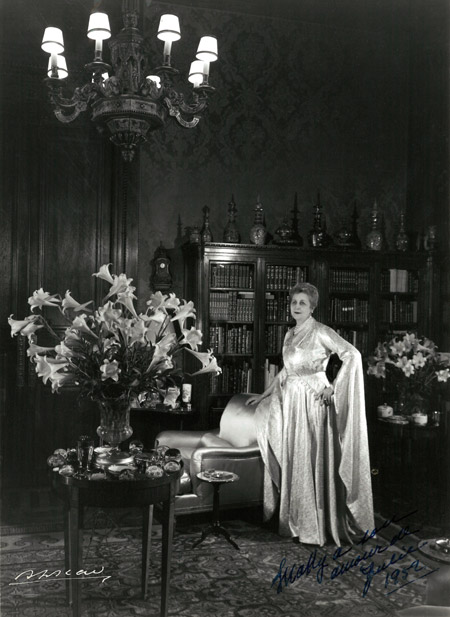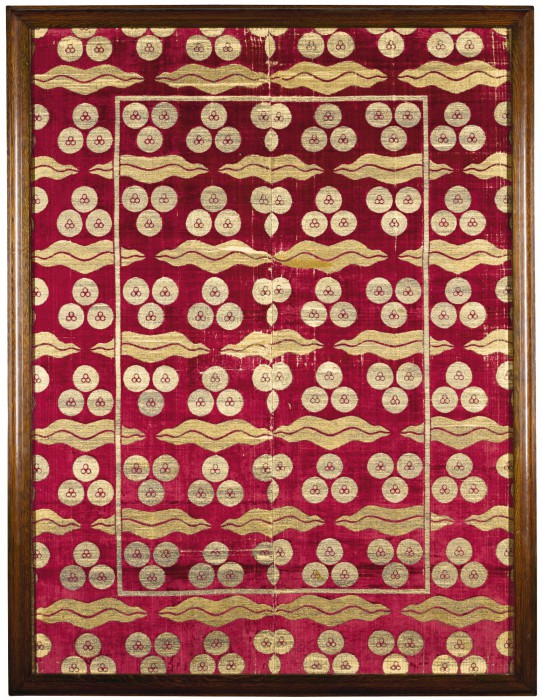href="http://www.sothebys.com/en/news-video/blogs/all-blogs/sotheby-s-at-large/2017/04/the-celebrated-collection-of-grande-dame.html?cmp=social_L17220___twitter_Arts-of-the-Islamic-World_13-apr-2017">The Arts of the Islamic World auction on 26 April features a number of exquisite Ottoman textiles from the celebrated collection of Argine Benaki Salvago. Described by Philip Mansel as ‘one of the “uncrowned queens of Alexandria”’, famous for her taste and her purple-blue eyes’, she was the grande dame of Alexandrian society in the 1930s.

The group of textiles offered in this sale is evocative of the richness and diversity of luxury textile production at the height of the Ottoman Empire. Created in government-controlled workshops in the late 16th and 17th centuries, silk products were amongst the empire’s greatest manufacturing achievements and played a key role in Ottoman society as indicators of rank and status. Initially reserved for the courtly class, the slow decline of empire meant that luxury textiles became available on the open market in the late 19th and early 20th centuries, with opportunities for collectors.
Thanks to its position as the main trading port in the southern Mediterranean, Alexandria at the turn of the century was a cosmopolitan hub: a centre for art, commerce and creativity, evoked in the writings of E.M. Forster, Lawrence Durrell and Constantine Cavafy. The expansion of commercial traffic through the ancient port in the late Ottoman period offered an opportunity for entrepreneurial Greek families in the city, such as the Benakis , Choremis and Salvagos ,to thrive economically through the development of family-run trading houses.
The star of this collection – an embroidered velvet panel – would be striking enough for its scale alone (162cm by 120cm) but it also rejoices in a vivid deep crimson ground and a highly abstract cintamani decoration, here arranged between tiger stripes. Such polychromatic decoration, often designed in the court ateliers in Constantinople for the weavers in Bursa, were created by alternating two or more warps in contrasting colours, brocaded with metal-wrapped threads.

Today, it is extremely rare to find Ottoman courtly textiles still in private hands outside of Istanbul and the present examples stand out for their rarity, variety and impeccable provenance. Hidden from view for decades, their arrival on the market offers an exceptional opportunity for institutions and collectors alike to acquire major works of museum-quality importance.
After all, “Culture is not a luxury, it is a necessity”.